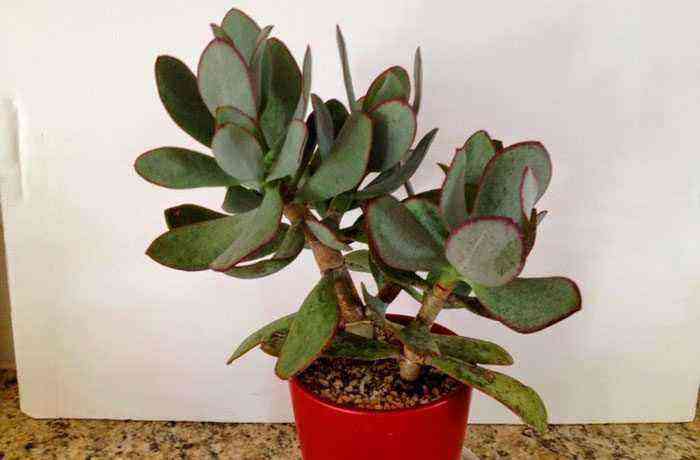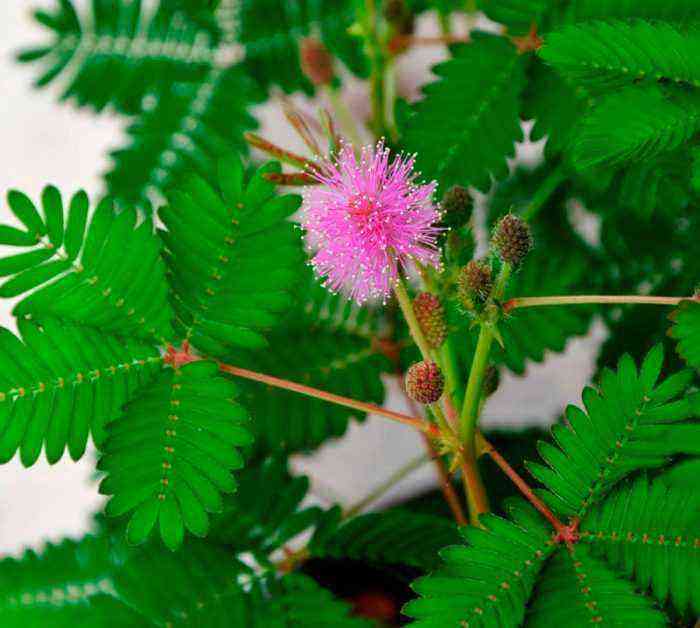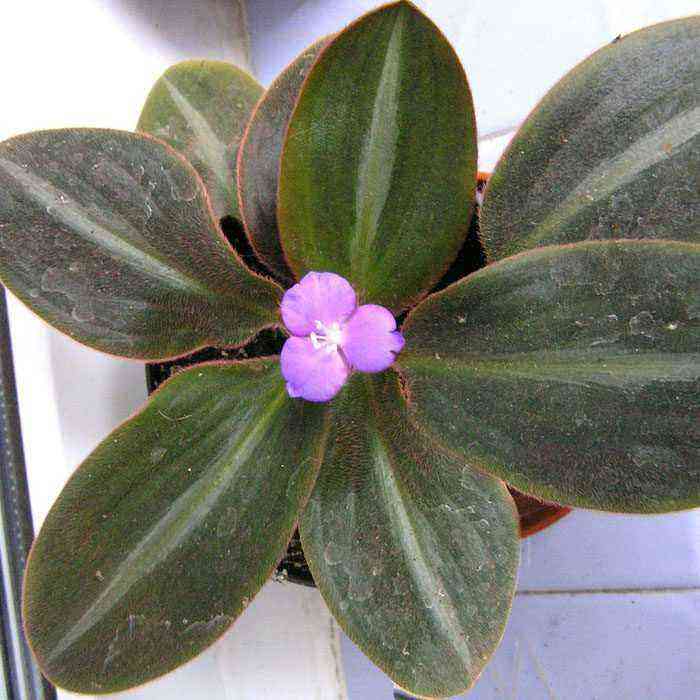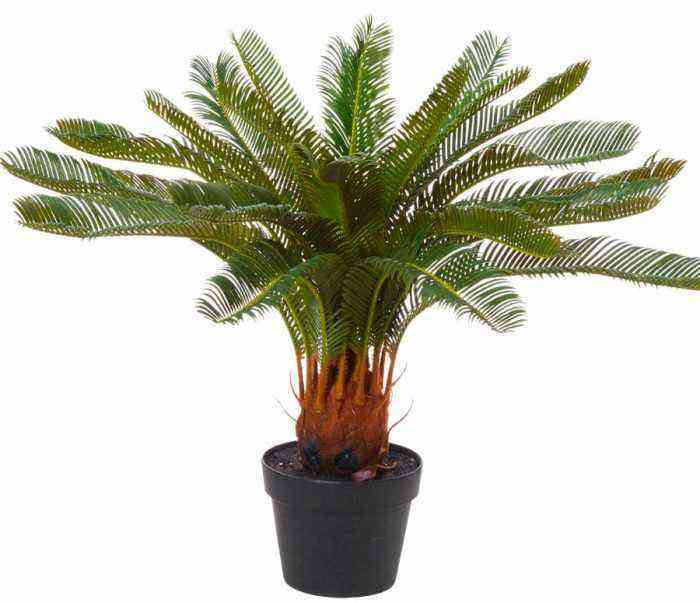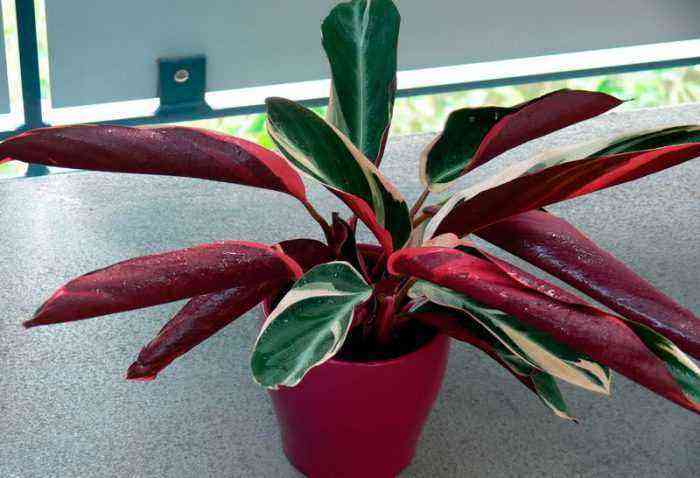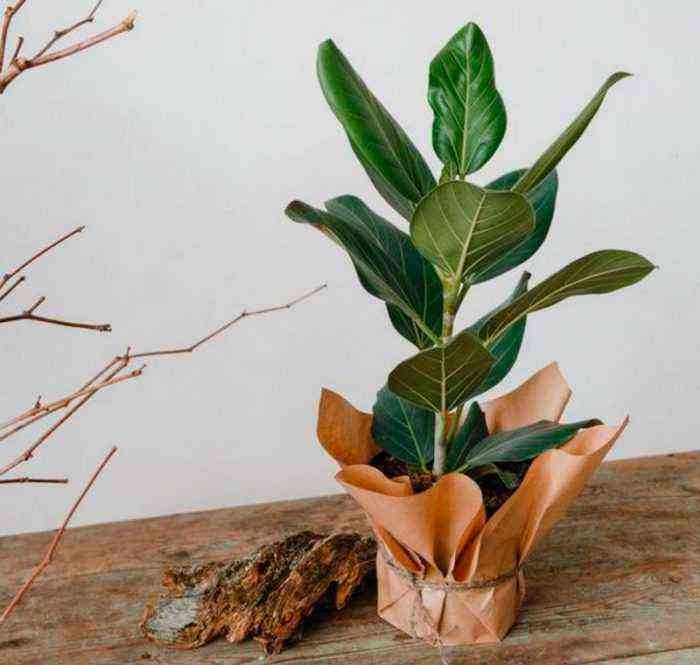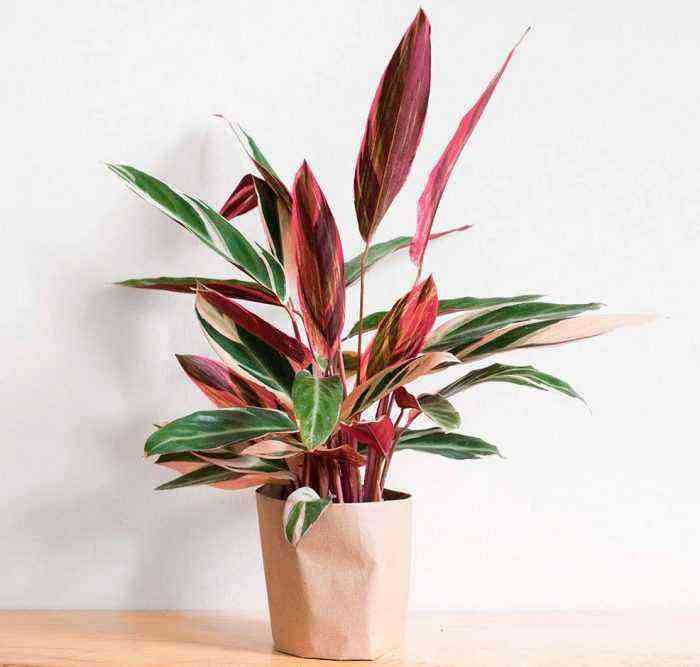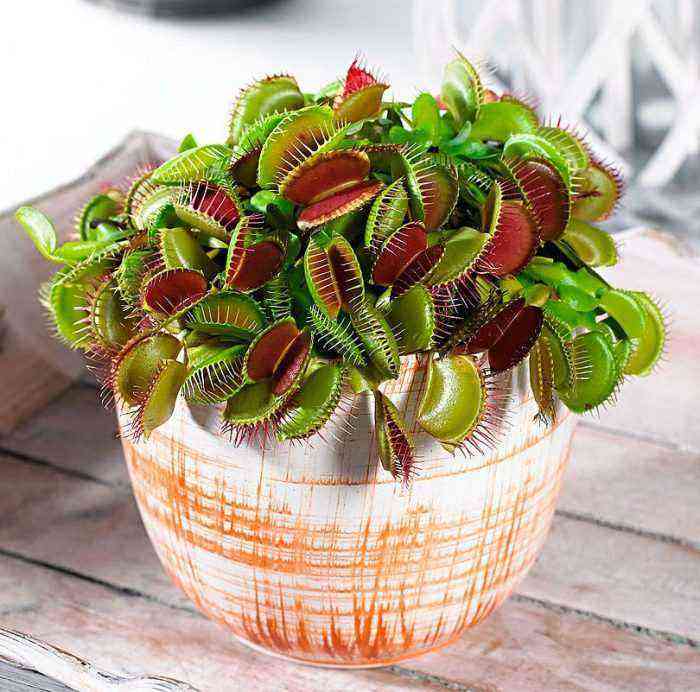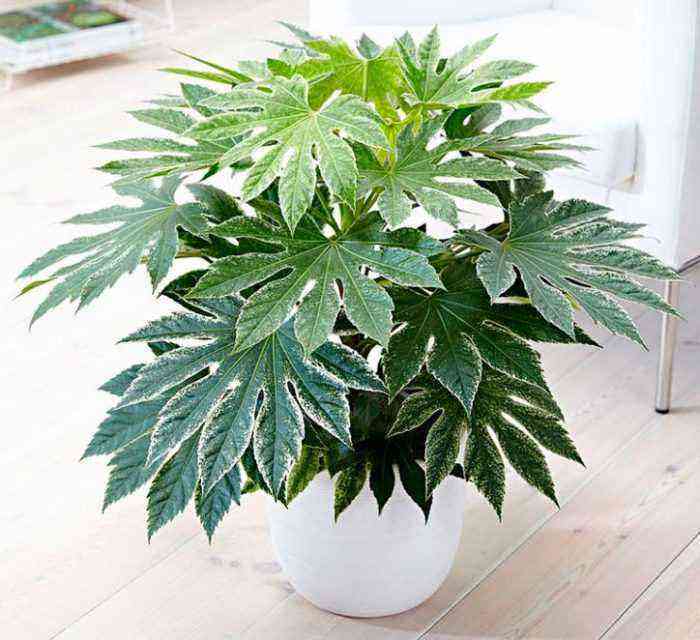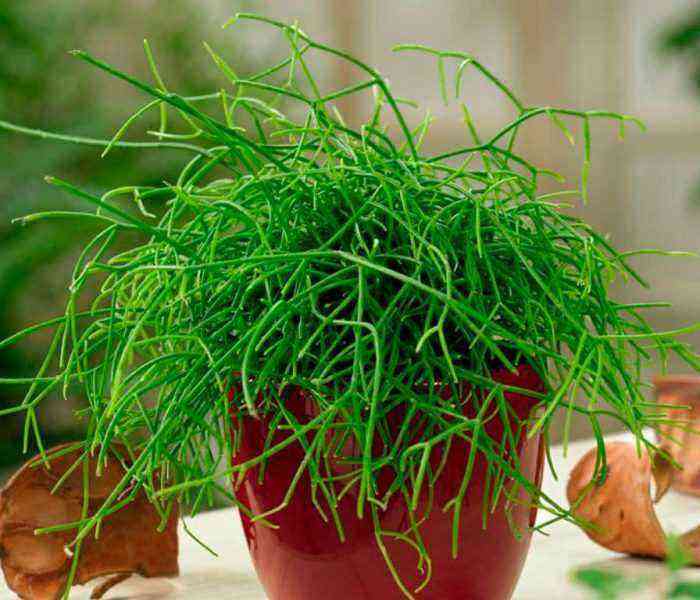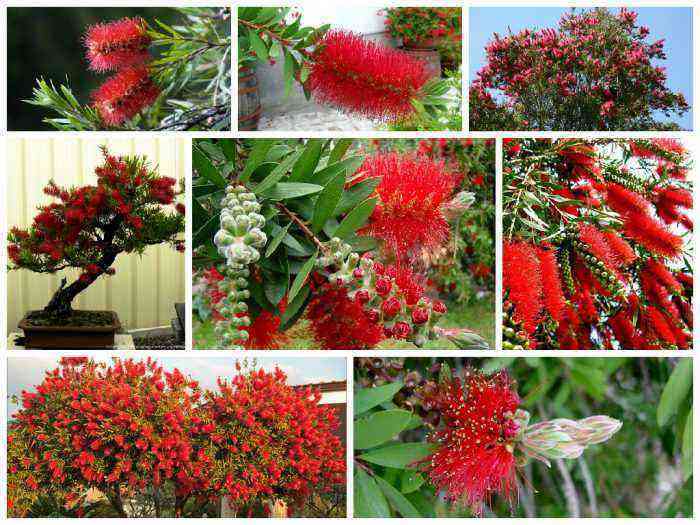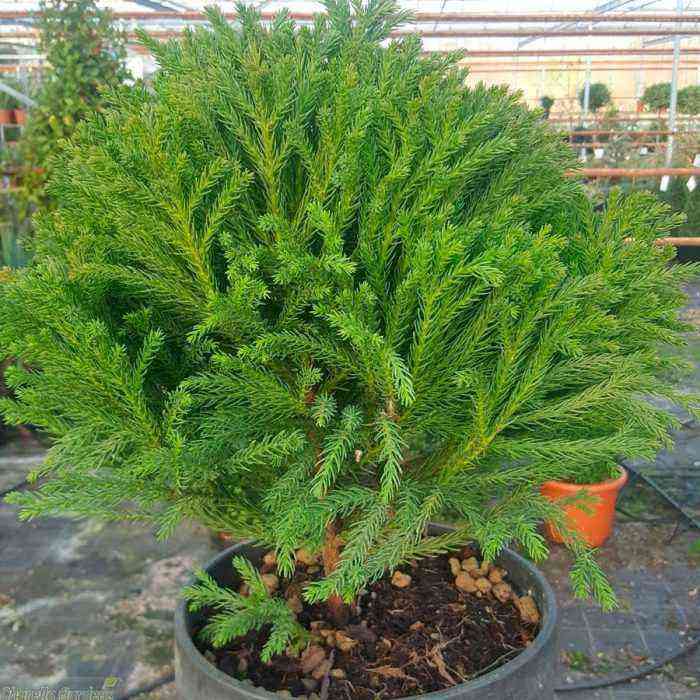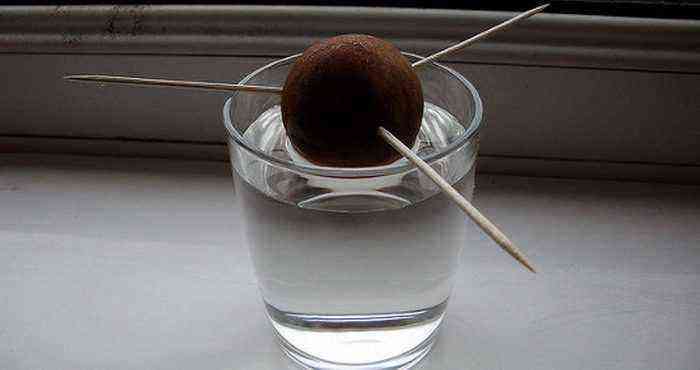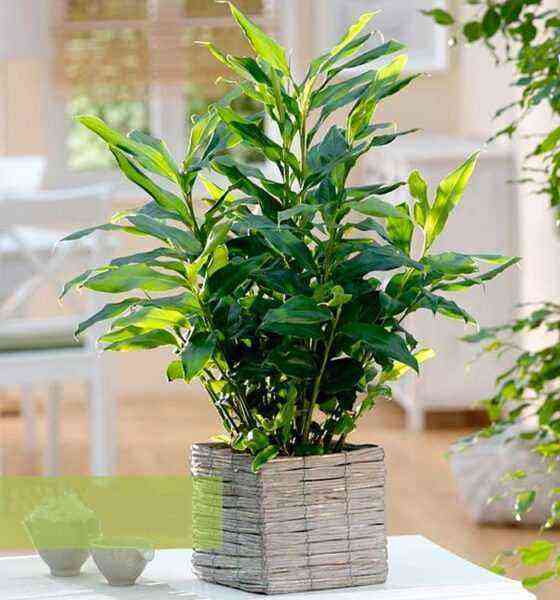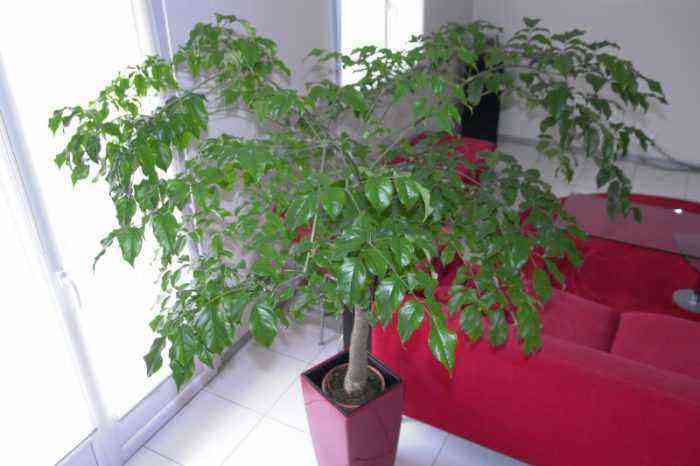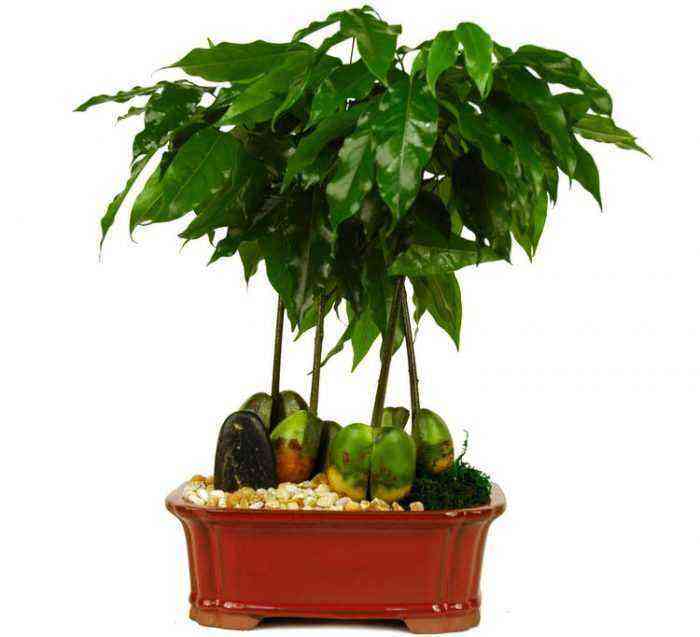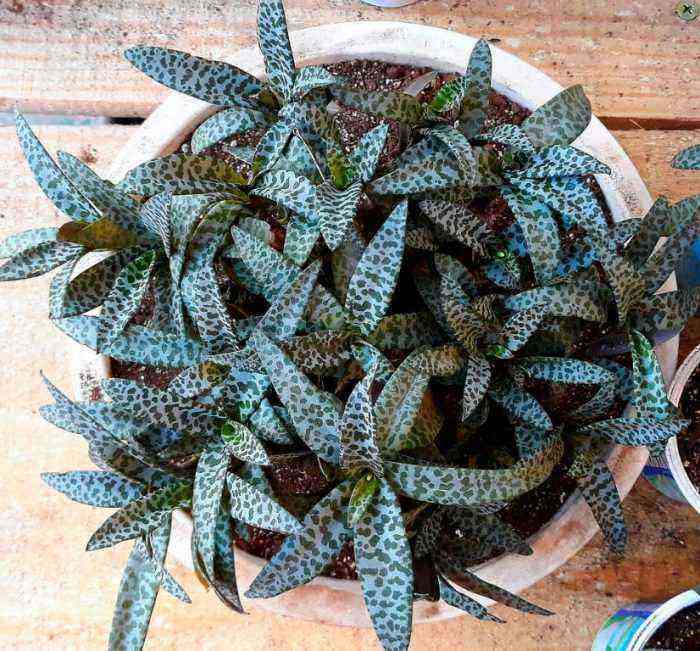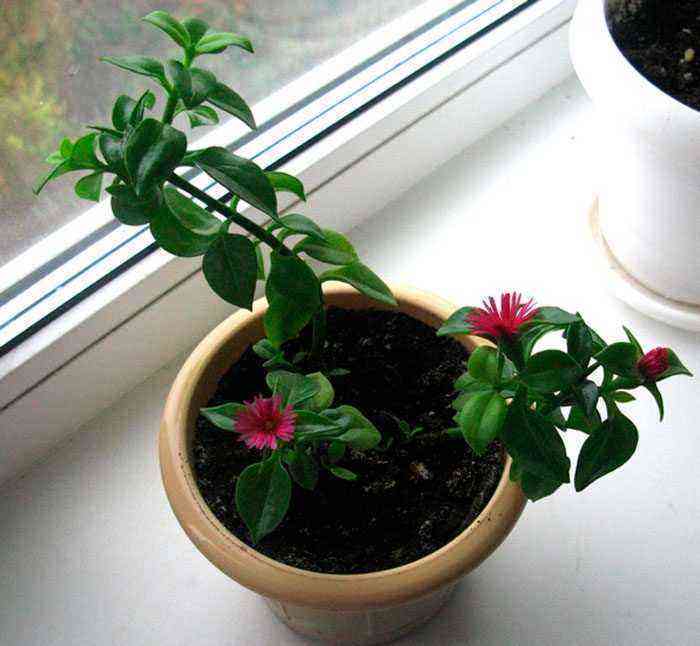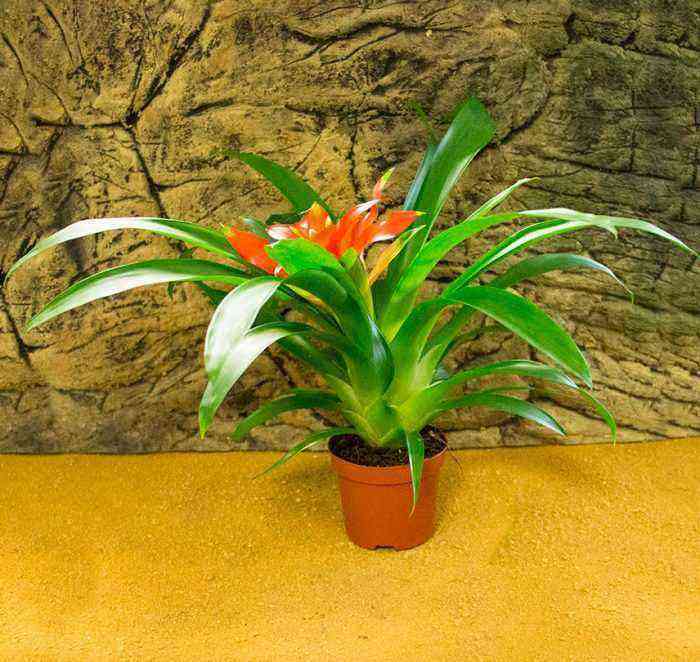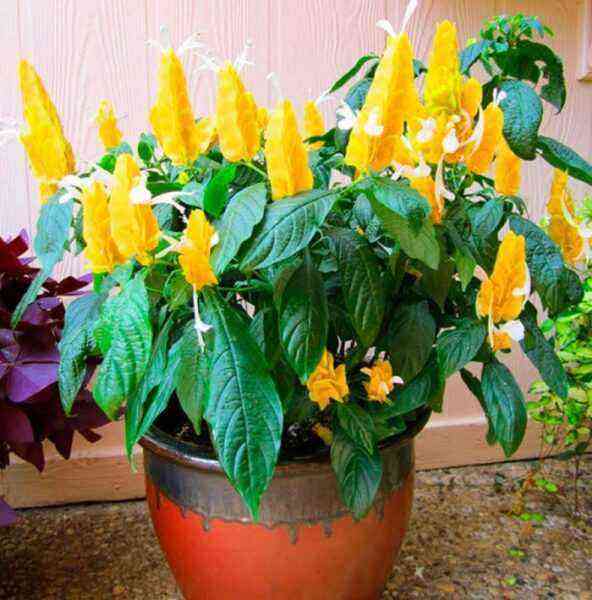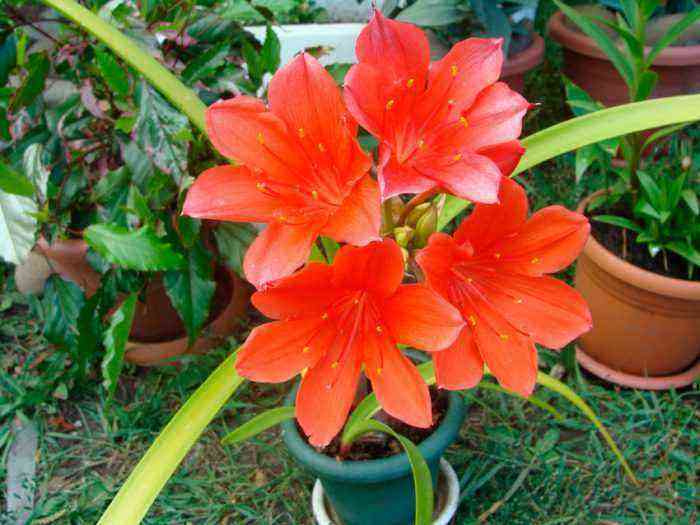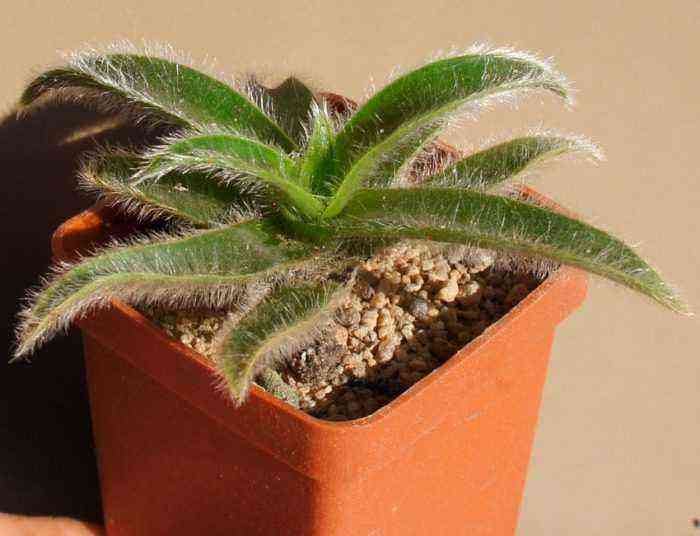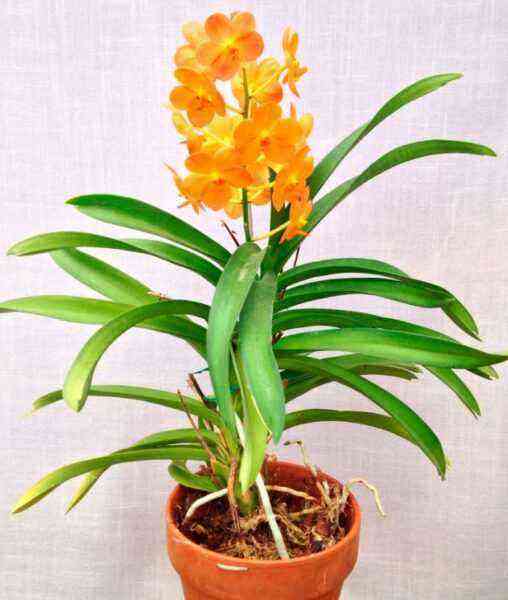Such a small genus of plants as cotyledon (Cotyledon) is directly related to the fatty family. This genus, according to various sources, unites from 10 to 40 species of succulent plants. In nature, they can be found on the Arabian Peninsula, Ethiopia and South Africa.
A characteristic feature of representatives of this kind is their small size (rarely their height exceeds 150 centimeters), very fragile rather thick stems that lignify over time, as well as juicy fleshy foliage. Opposite leaves are short-petiolate or non-petiolate, with each next pair of leaf plates on the shoot located at an angle of 90 degrees relative to the previous one.
This plant blooms in the summer. At this time, rather thick and long peduncles appear from the upper part of the stems. They bear loose umbrella-shaped inflorescences. The flowers are drooping and they bear a strong resemblance to bells. There is a five-lobed calyx and five-lobed corollas. 10 stamens are inside the corolla, and they practically do not protrude outward. Cotyledon blooms quite abundantly and for a long time. When the flowering ends, the formed capsules begin to ripen, in which there are a lot of small brownish spherical seeds.
Home care for cotyledone


This plant is not distinguished by its exacting care.
Illumination
Cotyledon needs bright light with direct sunlight, so a south-facing window is recommended for placement. Also, such a flower grows quite normally on the windows of the western and eastern directions, but in this case it may not bloom.
To understand that there is little light, you can look at the elongated stems and shredded leaf plates.
Temperature conditions
In summer, the plant thrives best at temperatures between 18 and 20 degrees. It is worth remembering that at this time it needs very frequent ventilation. It is best to move it outside (in the garden, on the balcony) in the warm season.
In winter, such a succulent plant needs coolness (from 10 to 15 degrees). If the room is colder, then the plant, as a rule, gets sick – its foliage becomes soft and lethargic. Warm wintering is not recommended for cotyledon, because in this case it may not start flowering.
How to water


This plant is accustomed to arid climates. In this regard, watering is carried out quite carefully. In the summer, you need to water only after the substrate is thoroughly dry. With a cool wintering, watering may not be carried out at all. If wintering is warm, then watered in the same way as in summer.
If liquid stagnates systematically in the soil, this will contribute to the development of root, as well as leaf rot.
Pour with soft water at room temperature, which must be well settled before that.
Humidity
It grows and develops quite normally at low air humidity in a city apartment. He does not need to additionally increase the humidity of the air in any way.
Features of trimming
Does not need shaping scraps. However, it is recommended to carry out a systematic pinching of tall plants in order to restrain their growth.
Earth mixture


Suitable soil should be rocky, loose and nutrient-poor. To prepare a soil mixture, you need to combine leaf and clay-sod soil, fine gravel and coarse sand, while taking them in equal proportions. You also need to add a small amount of charcoal and bone meal to the mixture.
For planting, you can also purchase ready-made soil for cacti and succulents, but you need to add broken expanded clay into it.
Fertilizer
Such a plant hardly needs feeding. So, in the spring-autumn period, he will need only 3 or 4 additional feeding. For this, it is recommended to use a special fertilizer for cacti. In winter, feeding is stopped.
Transplant Features
Since such a flower grows rather slowly and does not have a very large root system, it is often not necessary to transplant it. The crown will tell you that it is worth replanting the plant. So, if its diameter has become larger than the diameter of the container, then it is worth transplanting into a larger pot. So, adult specimens are transplanted, as a rule, 1 time in 3 years, and young ones – a little more often.
Methods of reproduction


It can be propagated by cuttings and seeds. Sowing seeds should be done in spring and follow the instructions on the package exactly. Seeds sprout quite well, but it will take some effort to get an adult specimen from a seedling.
Propagation by cuttings is very easy. They are planted in moist river coarse sand. Rooting takes place, as a rule, after 4 weeks.
Pests and diseases
A mealybug can settle on a plant. Such a pest can be removed with cotton wool swabs moistened with alcohol. For severe contamination, treat with a suitable chemical.
If in the summer cotyledon is in the garden, then snails can settle on it. In this regard, it is better not to allow the container to come into contact with garden soil or other plants.
Sufficiently resistant to disease. However, rot may occur due to over-watering.
In the summer, some of the foliage may fall off, which is quite natural.
Caution! Most species, including those grown indoors, contain strong toxic substances. In this regard, you need to work with a flower carefully, and choose a place for it that is hard to reach for children and animals.
Basic views
Only 4 types of such a plant are especially popular with flower growers.
Round cotyledon (Cotyledon orbiculata)


This type is most popular with flower growers. This shrub, growing in the wild, can reach a height of 90-130 centimeters. Whole, smooth leaves have an inversely ovate shape, which can rather be described as rounded-triangular. Their length varies from 7 to 13 centimeters. On the surface of the leaf plates and shoots there is a dense whitish bloom of wax, which is why the non-lignified parts of the bush are painted with a matte greenish-gray color shade. The edge of the leaf plate has a burgundy color. The reddish-orange flowers are rather small, the corolla tube is 1–2 centimeters long. They are placed on a long (up to 60 centimeters long), thick peduncle painted in burgundy color. There are varieties with yellow flowers.
Cotyledon undulata


This shrub is quite compact, so its height does not exceed half a meter. The broad-rhomboid leaves have strongly wavy edges, making them very similar to scallops. This species also has a whitish and rather thick coating of wax on the surface of young leaves and stems, as a result of which they acquire a greenish-gray color. On the surface of the burgundy peduncle, the height of which can reach 25 centimeters, there are whitish stripes. The color of the flowers varies from orange to yellow, while the corolla tube reaches a length of 16-18 millimeters.
Felt cotyledon (Cotyledon tomentosa)


It is the smallest of all types, as its height can vary from 10 to 15 centimeters. This species stands out from most of the rest in that on its surface, instead of a bloom of wax, there is a dense pubescence. Plump, juicy leaves of an elongated-ovoid shape in the upper part have teeth similar to claws. The length of the sheet plate is 2,5 centimeters and the width is 1,2 centimeters. The appearance of such a plant influenced the appearance of the second name – “bear paw”. The bell flowers are reddish-orange.
Lady Smith (Cotyledon Ladismithiensis)


A variety such as Lady Smith’s cotyledon (Cotyledon Ladismithiensis) is also quite common in the culture. Its distinctive feature is a thicker silvery pubescence. There is also a very spectacular variety with variegated foliage.
Cotyledon cacalioides

 This shrub is rather short. So, its height, as a rule, does not exceed 20 centimeters. Linear, cylindrical, greenish-gray leaves in length reach 5-6 centimeters. They are part of rather dense leaf rosettes, which are located on thick woody trunks. The peduncle reaches a height of about 30 centimeters and there are many orange, yellow or red flowers on it.
This shrub is rather short. So, its height, as a rule, does not exceed 20 centimeters. Linear, cylindrical, greenish-gray leaves in length reach 5-6 centimeters. They are part of rather dense leaf rosettes, which are located on thick woody trunks. The peduncle reaches a height of about 30 centimeters and there are many orange, yellow or red flowers on it.
